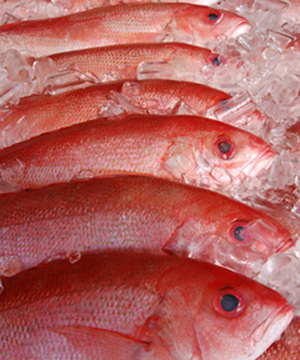That grilled red snapper at your favorite seafood restaurant may be just what it’s supposed to be — a tasty fish caught in the Atlantic or Gulf waters of the United States. On the other hand, there’s a good chance it’s rockfish, tilapia, or cod. There’s also a good chance that anything labeled “grouper” is really imported catfish. And monkfish could be a potentially dangerous pufferfish.
There is a chance fish sold as snapper could be rockfish, tilapia or cod. Credit: National Oceanic and Atmospheric Administration
Some of that is accidental, but some of it is intentional. Distributors or restaurants substitute less-expensive fish for more expensive varieties and pocket the difference. That can also cause health problems, because consumers might be served fish to which they’re allergic, or the fish might have been caught in polluted waters. And sometimes, fish that have been caught illegally are slipped in, too, which harms fish populations.
DNA testing can ensure that fish are properly marked, although only a tiny percentage of fish can be evaluated. To help labs, the FDA has started an online database that includes the genetic codes of many species of fish. That may boost the odds that the fish on your plate is just what it’s supposed to be.

